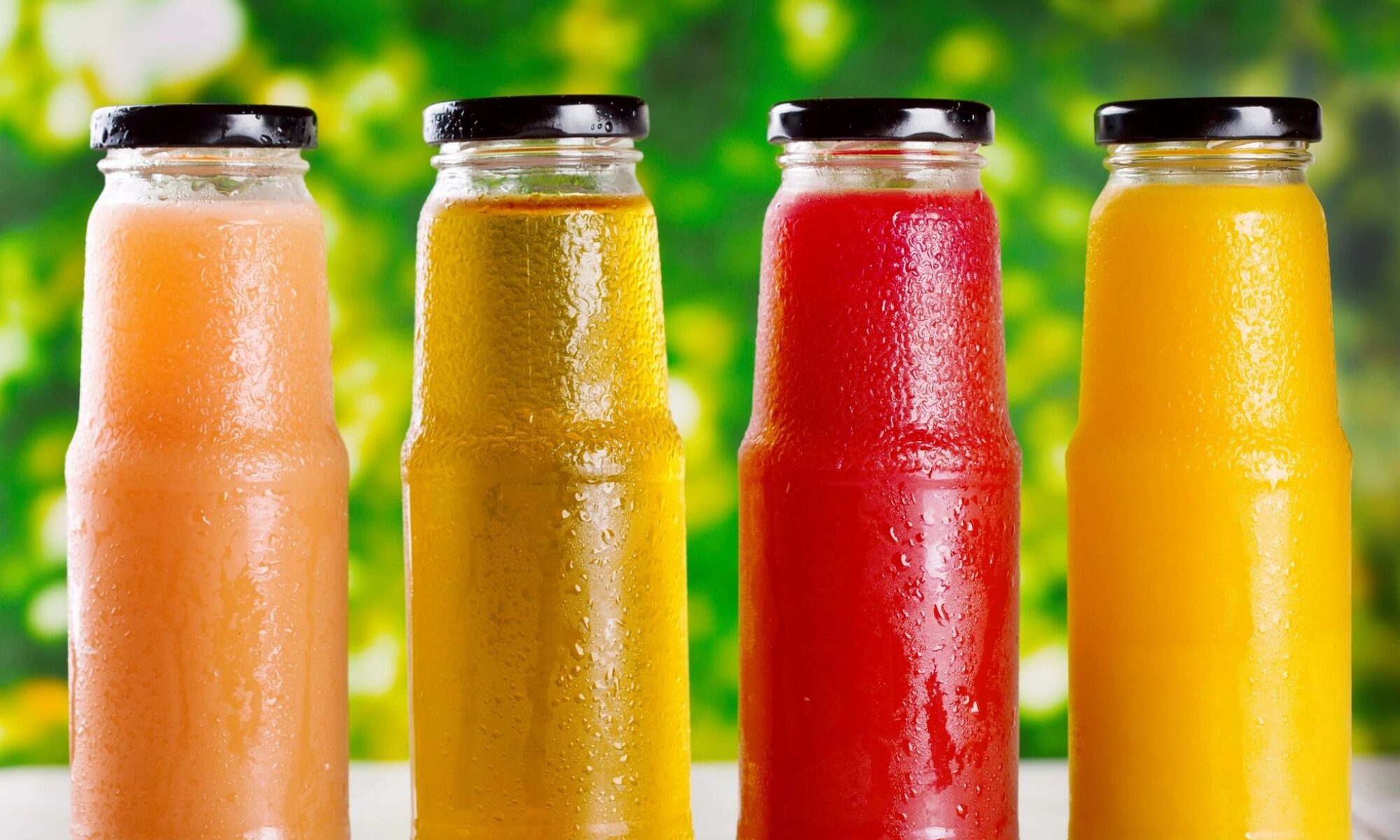Beverage Marketing: Why User-Generated Content is What Consumers Crave
Fans create brands. And when it comes to brand marketing, there is nothing stronger than peer-to-peer promotion. Brand ambassadors and fans motivate other people to choose and use your products and services, like your beverages. In marketing, this is called user-generated content (UGC), and it’s what beverage companies need to offer their consumers because it’s how they want to be marketed and what they crave. Beverage Marketing is strong in peer-to-peer promotion.
UGC Increases Engagement
User-generated content relies on a successful content strategy. In turn, follows the latest industry news and allows for such marketing efforts to be included. It also relies heavily on the technology behind promotional channels beverage business use. There are a lot of different types of UGC content:
- Blogs – relieves some of the pressure from the marketing team and gives consumers a highly personal perspective on the brand;
- Comments – increase engagement on websites and social media and promote the brand through peer-to-peer communication about the brand;
- Reviews – impact consumers psychologically by increasing trust and credibility, and have the potential to affect 46% of consumer decisions.
- Images – establish visual contact between consumers and the brand through the direct use of the product and its promotion of personal and official online channels;
- Videos – increase brand awareness and brand perception through different interpretations of the brand and the direct use of the product.
Content like this requires promotion, so consumers become aware of its existence. Targeting different channels, allows more users to take part in and generate content.
Additionally, beverage companies should consider including consumer incentives for consumers to create content. Campaigns can include prizes, like discounts, special offers, a free supply of drinks, or branded material like flash drives, T-shirts, and even concert tickets. Just remember to make them useful.
UGC Builds Valuable Relationships
Brand identity relies a lot on the relationship a company has with its audience. Brands have to look towards aligning their value proposition with their brand message – core beliefs, mission statements, and goals. This type of communication is customer-centric and focuses on establishing a shared system of value on which a brand can build a relationship with its audience.
User-generated content can make this happen for beverage companies. It essentially allows consumers to take part in the development of the brand. For example, if your company wants to develop a new drink, it issues a campaign that gives an opportunity for customers to come up with a name for it. It empowers consumers, and they are more likely to consume the drink regularly (interact with the brand.)
UGC Inspires Loyalty and Creates Fans
According to marketing professional Kevin Kelly, a brand only needs 1000 true fans to succeed. In that sense, beverage companies need to focus their attention on returning customers and allow them to create user-generated content as a reward. In turn, this creates a loyal following of faithful fans, who know the company values their efforts.
It also creates trust – an essential element of loyalty. And with mutual trust coming from both sides, fans will become brand ambassadors of your company promoting the company to other consumers (what you want,) while you continue rewarding their loyalty (what they want.)
Conclusion on Beverage Marketing
A brand is only active if it has a strong following. And for a beverage company, beverage marketing is following the latest trends in the industry and creating user-generated content campaigns can be a great way to create a loyal backing. After all, it gives consumers the type of promotion they want and crave – created by them and created for them.




